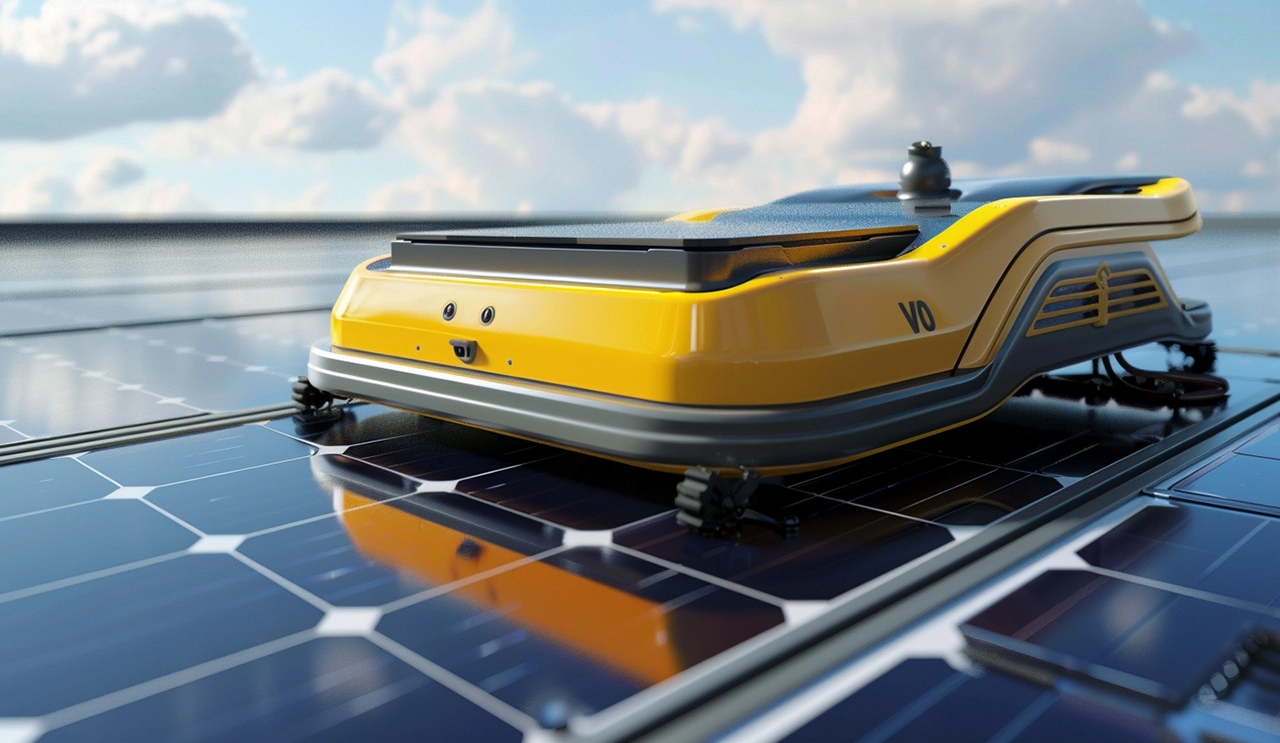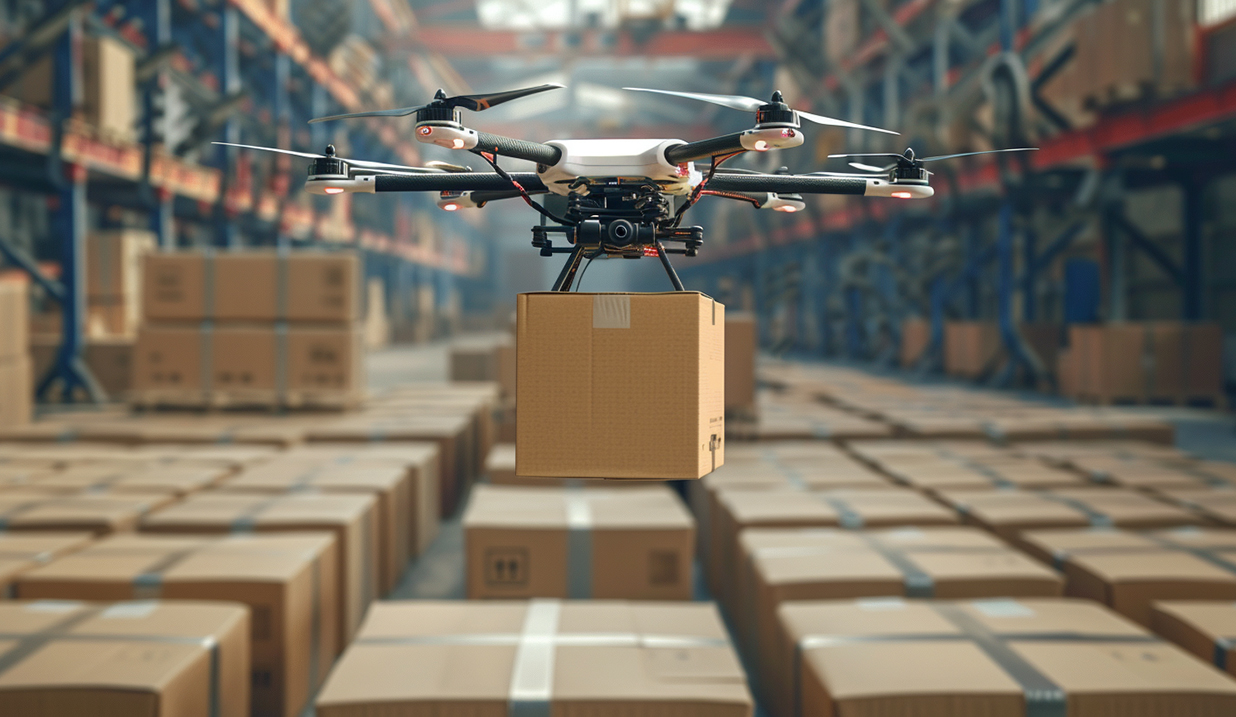
WIRELESS CHARGING IN THE NEWS
In the modern business environment, unmanned cleaning vehicles are gradually becoming an important part of the daily operations of shopping malls. They can not only improve cleaning efficiency, but also reduce labor costs and provide a cleaner shopping environment for the mall. However, with the continuous evolution of technology, how to provide efficient and stable power supply for these unmanned clean vehicles has become a key issue to be solved. At present, wired charging and wireless charging are two mainstream charging methods, they each have advantages and disadvantages, and show different technical characteristics in practical applications.
Wired charging technology, as one of the earliest methods applied to unmanned clean vehicles, has high technical maturity and relatively low equipment cost. Through the way of physical connection, wired charging can provide stable and efficient power transmission, usually, its power transmission efficiency can reach more than 90%. For mall operators, this means lower energy consumption and higher economic efficiency. However, wired charging also has some significant drawbacks. First of all, frequent insertion and removal operations can easily lead to the wear of the charging interface and increase maintenance costs. Secondly, the operation of manually connecting the charging line is not realistic in the case of unattended, requiring additional human intervention, which goes against the original intention of the design of unmanned clean vehicles. In addition, the charging cable itself also has security risks, which may cause accidents such as tripping.
In contrast, wireless charging technology has developed rapidly in recent years, and has gradually become the new favorite of unmanned clean vehicle charging. Wireless charging achieves non-contact power transmission by means of electromagnetic induction, magnetic resonance or microwave, fundamentally avoiding the wear problem of physical interfaces. Its biggest advantages are convenience and security. The unmanned cleaning vehicle only needs to park in the designated charging area and can automatically start charging without manual intervention. This not only improves the level of automation of vehicles, but also reduces the human resource input in the mall. At the same time, wireless charging also eliminates the security risks caused by charging cables, providing a safer shopping and working environment for customers and staff in the mall.
In practical applications, mall operators need to choose the right charging method according to their own needs and budgets. For small and medium-sized stores, wired charging may be a more affordable option due to its low equipment cost, high power transmission efficiency, and the ability to meet basic cleaning needs. However, for large malls or high-end shopping centers, the convenience and security brought by wireless charging are particularly important. Despite the large initial investment, its high degree of automation and low maintenance costs can bring significant economic benefits in long-term operations.
It is worth noting that with the continuous advancement of technology, the gap between wired charging and wireless charging is gradually narrowing. For example, some new wired charging devices have begun to introduce automatic plugging technology, and the automatic connection of charging lines through robotic arms or robots has further improved convenience and safety. Wireless charging technology is also continuously improving power transmission efficiency, reducing equipment costs, and making it widely used in more scenarios.
The selection of charging methods for unmanned cleaning vehicles in shopping malls needs to consider a variety of factors, including cost, efficiency, convenience and safety. Wired charging and wireless charging each have their own unique advantages and disadvantages, mall operators should weigh according to the actual situation. With the continuous development of science and technology, there may be more advanced charging technology in the future, further improving the performance and application range of unmanned clean vehicles, and providing more efficient and intelligent cleaning solutions for shopping malls. Regardless of the charging method, the ultimate goal is to create a more comfortable and clean shopping environment for customers, and this is the driving force behind the continuous advancement of unmanned clean car technology.







